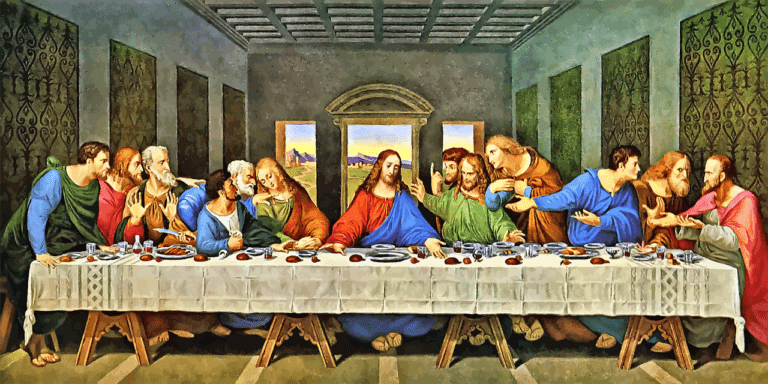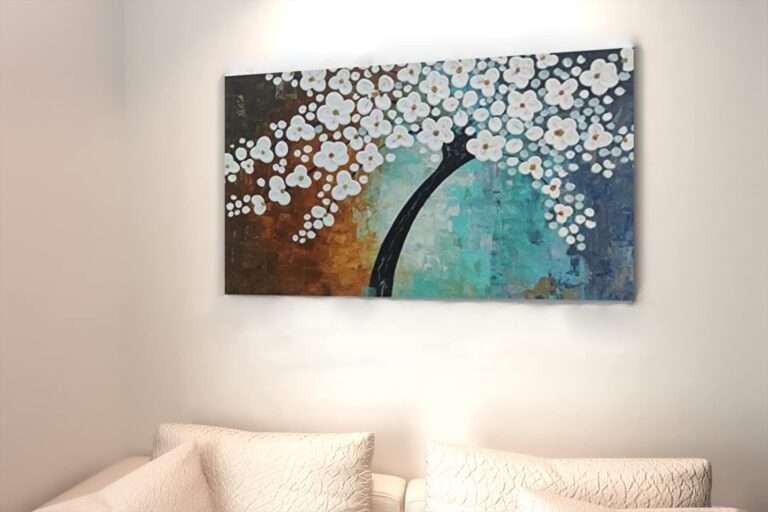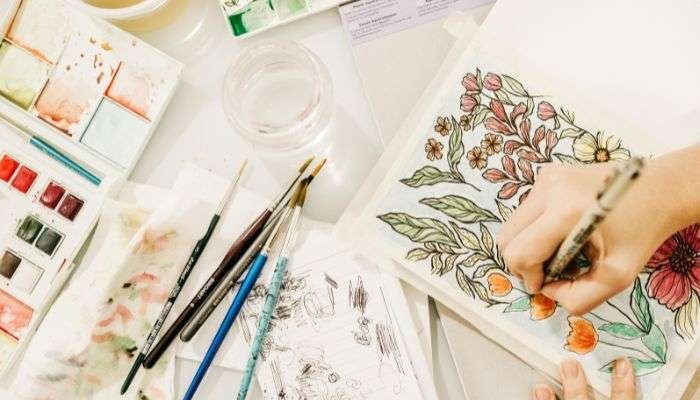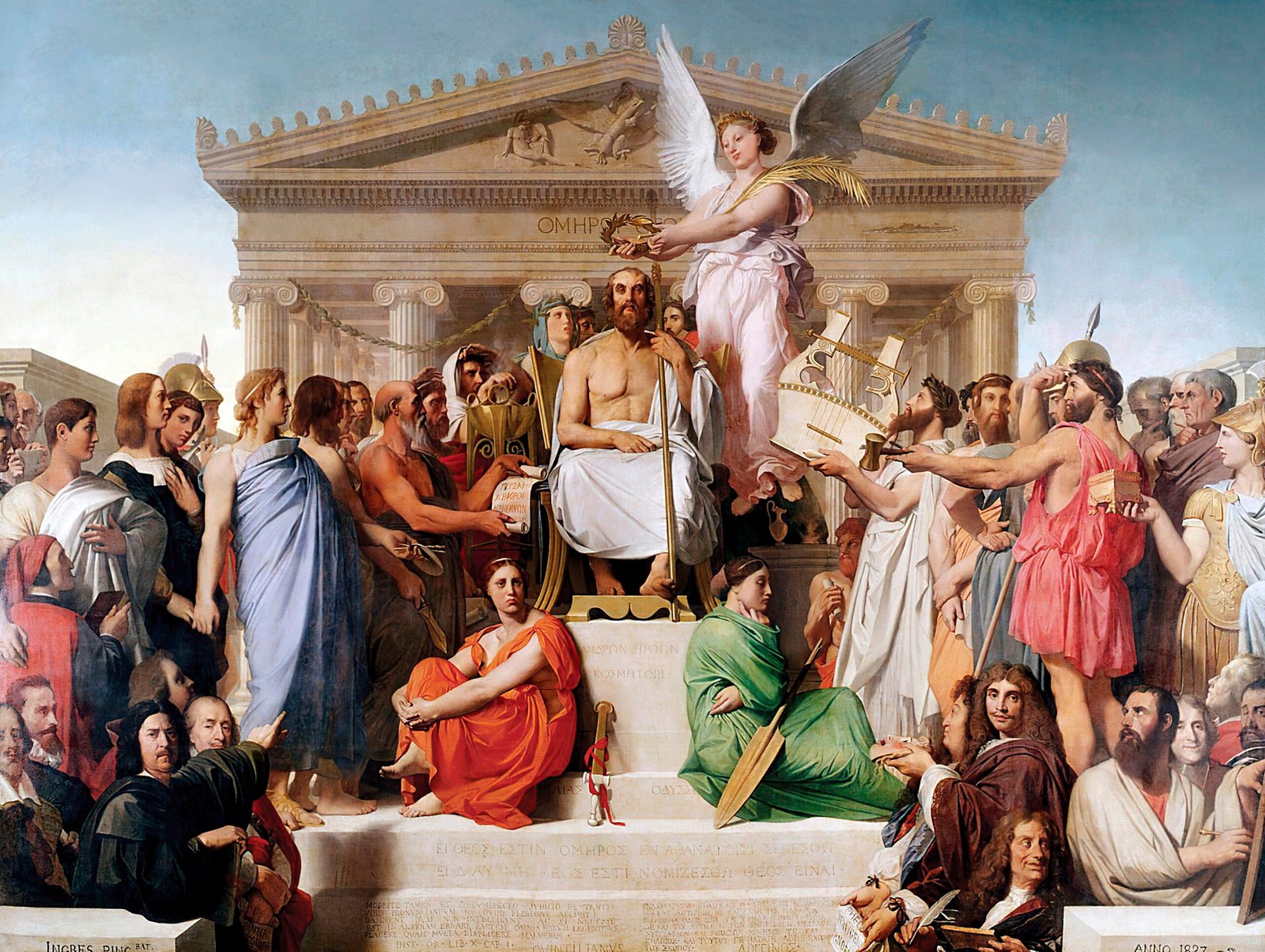Celebration and exploration are two words that spring to mind when imagining the nation of India, as well as its unsung artwork. The Jaipur Procession embodies these notions precisely, as well as highlighting the significance of imperialism and how crucial art is to commemorating history.
In returning to 1876, there are clearly numerous differences to today’s world, yet the notion of celebration embedded in Indian culture today can be traced back throughout all of her history. The city of Jaipur was famously painted pink for the arrival of Prince Albert Edward, the eldest son of Queen Victoria, and the efforts made for the arrival of the British royal is a clear example of Indian festivity and generosity. The painting is colourfully loud, grand and commemorative; a symbol of Indian heritage, and a crucial aspect of Indian art.
The Russian war painter responsible for what is believed to be the second-largest oil painting (measuring 196″ X 274″) in the world, Vasily Vereshchagin, a man who travelled the world, documented cultures and wars across the world in a somewhat new form of realist art. His painting captures a moment in history in which we cannot forget, but more importantly commemorates the joyousness and kindness with which Indian people hold at the forefront of their emotions, a gift that is clear throughout Indian art.
Momentous occasions of benevolence and displays of colour are not rare, and folk-art is at the heart of Indian artists displaying this. Folk-art has allowed dance, stories, music and history come to life in a rich, exciting, and unique way. The painting below offers insight into communities revealing the emphasis placed upon clothing, traditions and beliefs.
When I travelled and worked in India for eight weeks, I experienced Indian generosity first-hand, as I was welcomed into a taxi driver’s house for a lavish dinner, where he showed me his family, his wedding photos, and poured me a glass of his favourite whiskey that he had never opened before. These paintings, and TheJaipur Procession, embody the beauty and charity of Indian culture, aspects of Indian art that is very much alive in today’s world. Indian art has the ability to transform both a space and the mind, as environments of inspiration, excitement or serenity can be created with the installation of artwork. Bringing Indian culture and its vast qualities into our homes, offices, and lives can help us to appreciate and explore a wonderful culture. Indian artwork has helped, and continues, to offer creativity, modernity and spirit, often recalling upon moments of historical significance to bring yesterday’s world into our lives today.
Article By: Oscar Rihll







